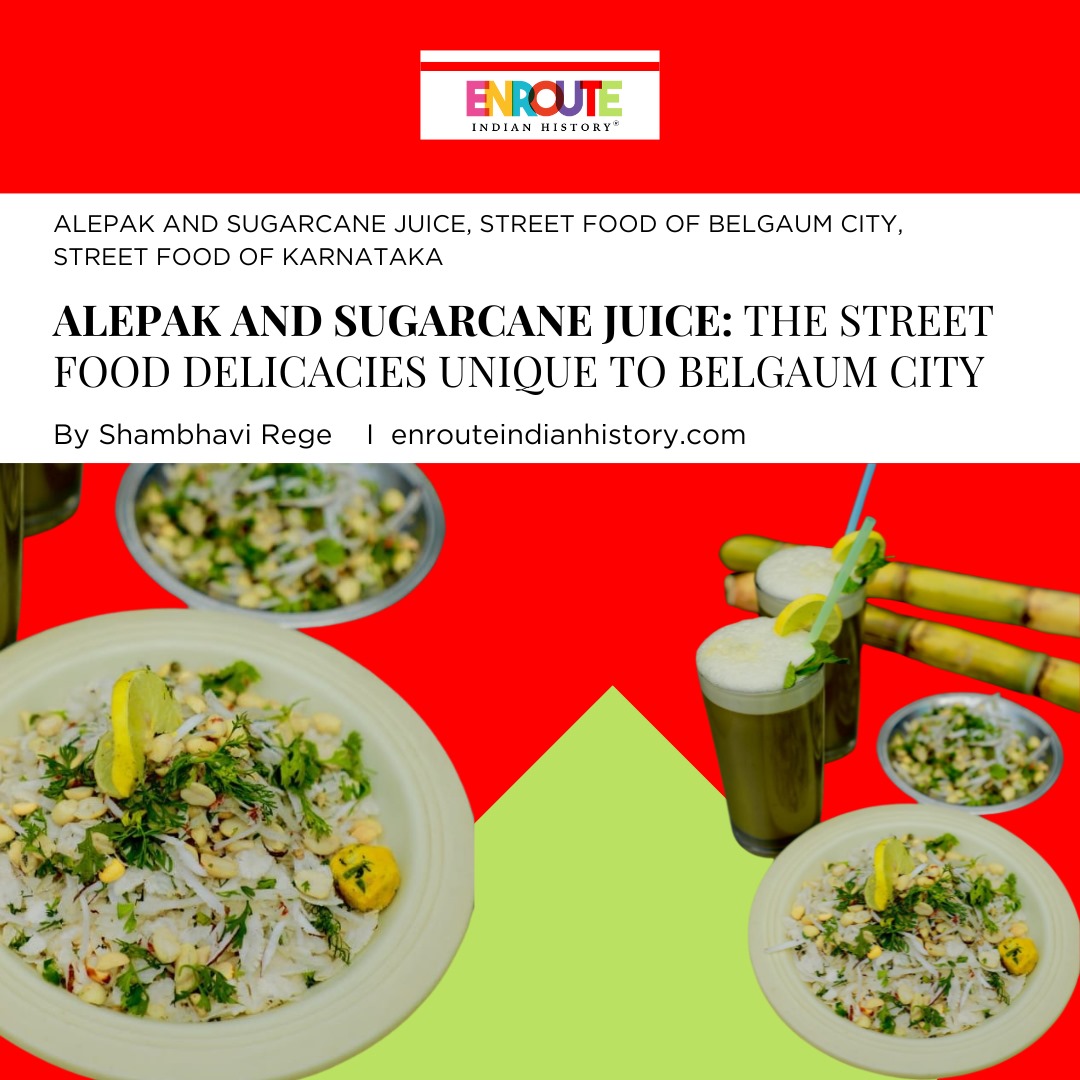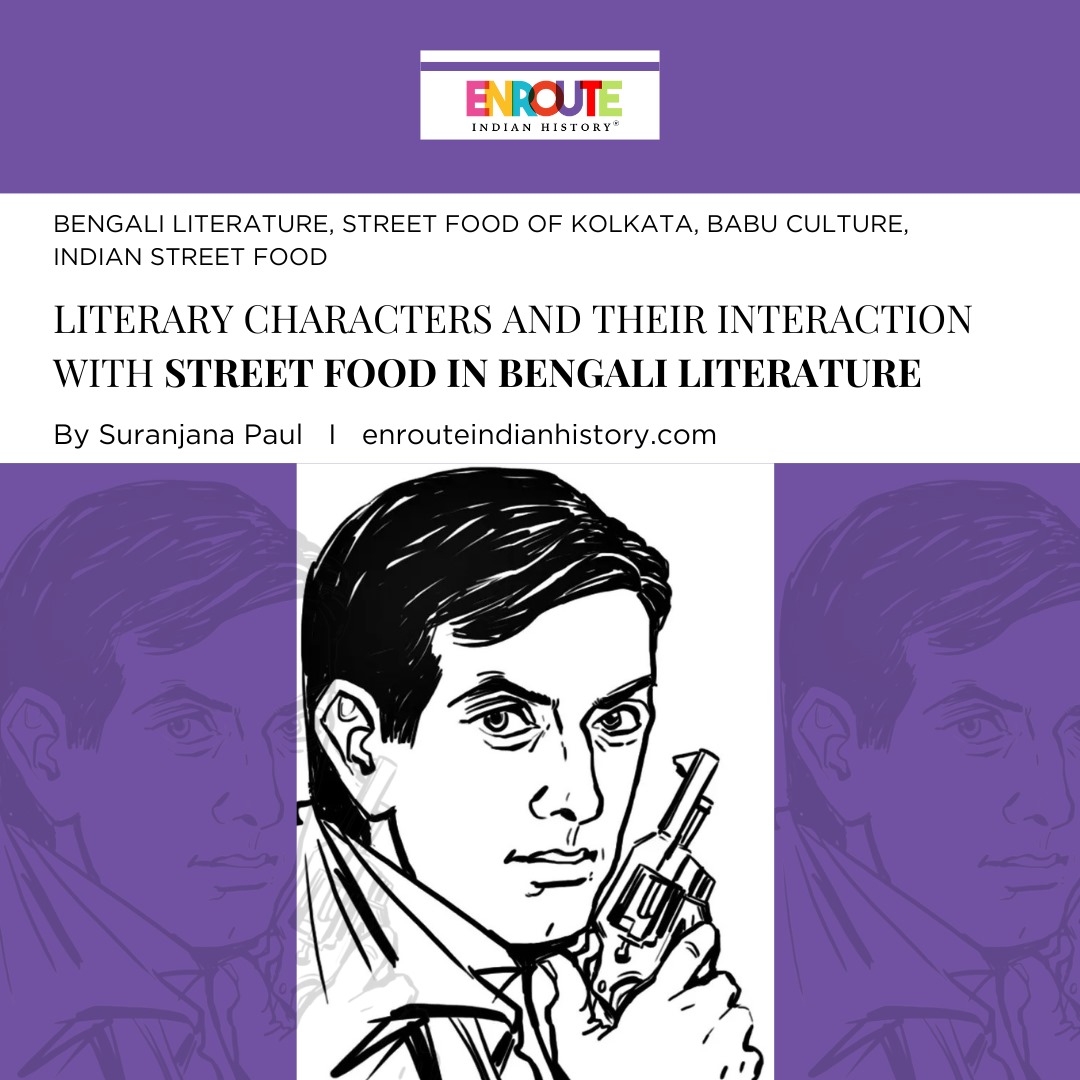
En route to your long-distance journeys on the roads of India, one of the first things to welcome you with a warm and delicious embrace is the Dhaba- the traditional eatery that takes pride in serving home-style food miles away from home. Dhabas are synonymous with road journeys, blooming on the sides of Indian highways, and loved by travelers of all classes for the lip-smacking and economic food. Emerging from and popularized in the Punjab region of undivided India (India and Pakistan of present-day), Dhabas are amongst a few places where culinary treasures of undivided Punjab and the heterogeneous culture of the subcontinent are preserved, and to our delight, relished in by many. The history of food, particularly Punjabi food, is incomplete without the mention of Dhabas, hailed today as the backpacker’s haven from the plains of Uttar Pradesh to the snow-capped mountains of Kashmir.

Some believe that the term “dhaba” comes from the Hindi term “Dabba” denoting the tiffin box called dabba in the local Indian language, to suggest a filling and simple box of food items.
The roadside institution began as a spot for travelers of the busy Grand Trunk or GT road in the time before Independence and has since been a much-awaited stop for travelers, who enjoy moments of respite with piping hot, in-budget food in these homely spots. The real value of Dhabas, however, was only realized in the immediate aftermath of the Independence of India, the partition of the country, including Punjab (Sidhu 2019)
Divided by Borders, United by Dhabas
The blunt force of Partition fell heavily upon people of all classes. The rich and the poor were uprooted and forced to leave their home and culture behind overnight, only to reside in makeshift camps and find refuge on an unknown side of the border. Amongst the many things lost and craved by the “refugees” on both sides, was food. Loss of home and employment made it next to impossible for people to eat properly. Even a single meal as simple as chapati (Indian flatbread) and achar or pickle was considered a delicacy in the camps (Mehta 2024).
In this tumultuous post-independence scenario, Dhabas became a source of nourishment and a place where even for a short period, people could forget their pain and suffering and find a home away from home. People started their eateries as a way to earn some money, and soon people looking for a morsel of familiar food began swarming these places, which slowly grew in size and number, on both sides of the border. Starting with a simple pairing of daal-roti (lentil soup and bread), the menu of Dhabas grew into a mouth-watering variety of meals that can instantly take the person from the road to the comfort of their heart.
The land of five rivers has always embraced food as a source of nourishment which is sacred. As an agriculturally rich state, Punjab’s food habits are a hearty balance of healthy and tasty. Daal, sabzi (cooked vegetables), Chaach, Dahi, Doodh, and Lassi (drinks made from milk), and sweets of a marvelous variety made with simple ingredients and the love of mothers are what make Punjabi cuisine stand apart. Before Partition, the taste of Rawalpindi, Lahore, Amritsar, Ludhiana, and Afghanistan got ample time to be Dam (slowly) cooked in the vessel of Punjab, resulting in a dietary culture that is perfectly reflected in the menus of Dhabas (Sidhu 2019, 23-24)
Discovering New Dishes: Daal Makhani, Butter Chicken
One of the tastiest and quintessentially Punjabi dishes in a Dhaba is Daal-Makhani- a lentil soup with hot butter and a mix of spices out of the Masala-box of a Punjabi mother. Another tasty element in a Punjabi Dhaba’s menu is the Butter Chicken, a delight for lovers of non-vegetarian food. Kundan Lal Gujral, a Punjabi-Hindu from Peshawar is a celebrity of sorts amongst the food historians and connoisseurs of Indian food, for having invented both, the buttery Dal Makhani and Butter Chicken. It is said that the owner of Moti Mahal in Daryaganj, Delhi, Kundan Lal Gujral created the two dishes to feed the growing number of customers, a lot of them refugees, who had newly settled in the area and were looking for pocket-friendly and tasty food options that fed not only their tummies but their nostalgia. Gujral is also credited with having introduced Chicken pakora and Tandoori chicken to his customers, who loved his experiments and popularized the dishes, making them street and restaurant essentials in the present day (Taylore Sen 2015)

The ingenuity and sense of taste displayed by Gujral, to cater to a large number of customers, coming from different backgrounds, is the essence of the success of Dhabas. Popularizing and growing in a time when their customers came from both sides of the border, were pure vegetarians and non-vegetarians, Hindus and Muslims, belonging to different castes and economic backgrounds, Dhabas were successful in crafting menus that were colorful, nourishing, and easy to cook for a complex customer base.
Dhabas and Tandoori Cuisine
Besides the butter-laced dal and chicken, the growth of Dhabas was assisted by Tandoors, a traditional oven made with mud from Pakistan, cooked in which chicken and vegetables retained a burnt texture and flavor. Tandoori chicken was the most popular dish of the mud oven, which is today an integral part of the Punjabi foodie’s diet. Along with the dishes, many techniques and recipes were also experimented with in the Dhabas. With tomatoes becoming available to the cooks who came to India from Pakistan, the thick and sour tomato gravy was born, becoming the go-to sauce for the Dhabas, which was prepared in bulk and then added to chicken or vegetables. Combining a varied and rich palette with a homely appeal brought by the Charpai (traditional cots) and the comfort of countryside locations, Dhabas continued to grow, sprouting not only alongside Indian roads but in places where Punjabis migrated, including Canada and America. “A Dhaba goes wherever the Punjabi goes”.
Dhabas in the Modern World
And so, it has gone! If you search for a Dhaba in the U.S.A. or Canada, you will find yourself in a Punjabi Dhaba, serving typical Daal-roti, saag, and vegetables, desi (local) style, miles away from India. The resilience and astuteness of Punjabi culture learned during the hardships of Partition have remained with them to date, and can be seen in the way the diaspora has constructed a culture centered around food and community in foreign lands, Dhabas and its food being an integral part of it.
Back home in India, the Dhabas have changed in structure with several deluxe Dhabas offering sofas and air-conditioned lounges to the customers while keeping the cots for those who visit the places for the nostalgic value of ambiance and the food they serve. For bloggers, young bikers on the go, or groups of friends on that much-awaited road trip, Dhabas have become a mandatory stop on their journey. Each state and national highway is populated by Dhabas, serving the local cuisines of the states to the people. Bollywood, the glamorous film industry of the country too has not remained untouched by this love of Dhabas, and many movies on the themes of romance, friendship, and the journey of life, feature Dhabas as a prominent element of the story.
In Delhi, labeled popularly as the “food capital” of the country- a city that helped people transform from refugees to “Delhi-walas” (residents of Delhi), the culture of Dhabas grew with a population that was diverse and “hungry” for ghar ka khana (home-style food). Moti Mahal, a famous eatery discussed earlier, is today one of the most loved spots for the foodies of Delhi, who enjoy meals with flavors of history. Chandani Chowk, the historic gem in the heart of Purani Delhi is lined with Dhabas established in the wake of Partition, where the old Mughlai cuisine mingled with the new experiments of the Dhaba-walas, resulting in a paradise frequented by food lovers of the city even today, who seek to refuel themselves while enjoying bites of the most amazing dishes Delhi has to offer.
A discussion on the contemporary food history of Delhi and its Dhabas can not culminate without a visit to the Dhabas of Murthal. Situated in Haryana not far from the National Caption Region, Murthal is the go-to place for friends and families out on a weekend-long drive, looking to get a plate of freshly made Parathas, Chole bhathure, Kulche, Lassi, and other mouth-watering varieties of food. Dhabas like Amrik Sukhdev established in 1956 for the truckers who traveled on the Grand Trunk Road along with Mannat Haveli, Garam Dharam, and Sindhu Pahalwan, today, are not just eateries but tourist spots along the road, serving a delicious plethora of traditional and fusion dishes. Growing from cart to castle, these beloved eateries of Delhi-walas are the perfect case study for mapping the origin, development, and popularity of Dhabas.

One important thing that has remained more or less the same in the changes brought by the modern taste to these Dhabas, is the primary menu and its popularity amongst consumers. The make-shift structure with simple interiors meant to serve utility more than appearance, solidified in the post-Partition context, too, has been retained by many modern-day Dhabas. And with this, Dhabas remains to be an assurance of assuaging one’s hunger with warmth and taste, with every morsel an aide-memoire to the comfort of home, all thanks to the perseverance of Punjab and its people, for whom food is what feeds the soul.
References
Mehta, Mohini. “The Vessel, the Wife and the Wagon: Studying Gender, Migration and Resettlement in the Displaced Punjabi Community through a Culinary Lens.” 2018. Central European University. E-Document. 11 January 2024.
Sidhu, Puneetinder Kaur. Punjab: A Culinary Delight . New Delhi : Times Group Books , 2019. E-Book.
Taylor Sen, Colleen. Feasts and Fasts: A History of Food in India . London: Reaktion Books, 2015.
Image Courtesy-
- A Roadside Dhaba in Punjab from India Chronicles, https://indiachronicles.com/144-top-10-dhabas-delhi-ncr-typical-north-indian-highway-food.html
- Still From Dunki, Courtesy Spice PR, in Aljazeera https://www.aljazeera.com/economy/2023/12/20/reclaiming-bollywood-shah-rukh-khan-style
- A Dhaba Located inside the newly constructed Partition Museum Complex, Amritsar (Image Courtesy- Author)
- May 8, 2024
- 8 Min Read


























